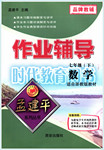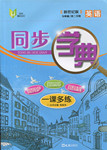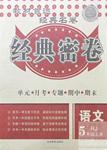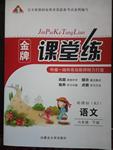题目内容
短文改错(共10小题,每小题1分,满分10分)
假定英语课上老师要求同桌之间交换修改作文,请你修改你同桌写的以下作文。文中共有10处语言错误,每句中最多有两处。错误涉及一个单词的增加、删除或修改。
增加:在缺词处加一个漏字符号(^)。并在其下面写出该加的词。
删除:把多余的词用斜线(\)划掉。
修改:在错的词下划一横线,并在该词下面写出修改后的词。
注意:1 每处错误及其修改均仅限一词;
2 只允许修改10处,多者(从第11处起)不记分。
Today we had a chemistry test. I found the test difficulty, but I tried hardly to do it. Suddenly Mary, my best friend, asking me to let her to copy my answers. After think for some time, I let her copy my answers. But after the test, all of us were called to the teacher's office. The teacher was angry because we had same answers in the tests. We were warned not to cheat again so she would need to see our parents. I was very upset. I didn't cheat. I was just helping a friend. Why does she punish me?
练习册系列答案
 作业辅导系列答案
作业辅导系列答案 同步学典一课多练系列答案
同步学典一课多练系列答案 经典密卷系列答案
经典密卷系列答案 金牌课堂练系列答案
金牌课堂练系列答案
相关题目

